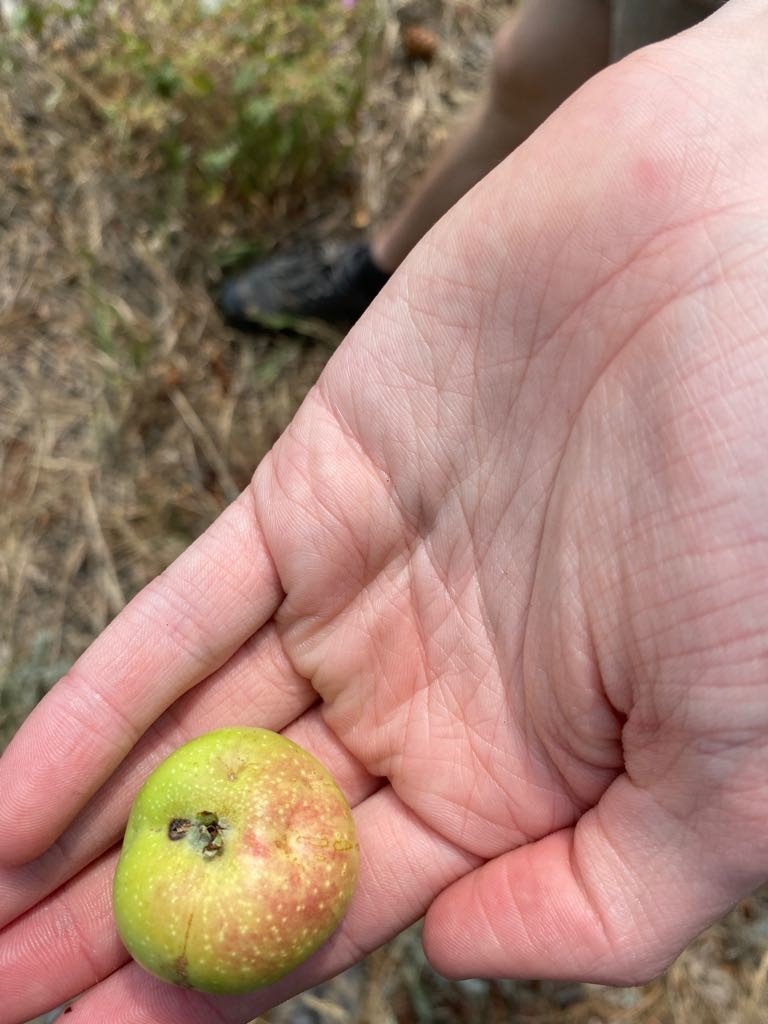New Paper in Plants People Planet
Over the past two years, folks from the USDA, colleges and universities, not-for-profit gardens, seed stewards, historians, and apple explorers from across North America have met bi-weekly to discuss heirloom apple preservation. From these meetings the "Historic Fruit Tree Working Group of North America” was formed to facilitate the conservation of heirloom apple cultivars in North America through documentation, identification, collaboration, and education. Each individual or group represented brings important skills to the task of preservation: from mapping trees to researching historic seed catalogs to using specialized DNA analysis techniques and fruit identification using phenotypic characteristics. This summer, we have published a paper entitled "What's in a name? The importance of identity in heirloom apple tree preservation" in the journal Plants People Planet to share with the wider scientific community the ways in which academia, government agencies, land and seed stewards, and citizen scientists can work together to foster preservation efforts and build our understanding of the apple cultivar pedigree.
Many members of the REACH Lab have long been involved with the Boulder Apple Tree Project through education and community outreach efforts. These skills are welcomed by the Historic Fruit Tree Working Group of North America as we hope to get more students across the US interested and involved in our apple exploration efforts. This fall semester, introductory students from across Colorado and northern New Mexico will be conducting authentic research as part of the Apple R Net course-based undergraduate research experience module that was started at the University of Colorado in 2018. These students will be taking measurements and making observations that will help researchers understand the ecosystem services of remnant orchards and newly planted suburban orchards near their institutions. The trees studied will be tagged, mapped, morphologically described, and have their cultivar identified by myfruittree.org at Washington State University. Where possible, the fruit morphology will also be analyzed by experts in visual identification methods.
At the end of the fall semester, John Bunker of the Maine Organic Farmers and Gardeners Association, will be delivering the keynote speech at the Apple Symposium on Friday, December 3. Mr. Bunker is a member of the Historic Fruit Tree Working Group of North America and is one of the leading experts in visual fruit identification. Further, on December 21, Amy Dunbar-Wallis of the REACH Lab will speak at the online Heritage Orchard Conference regarding the formation of the Working Group and opportunities for citizen science engagement.

